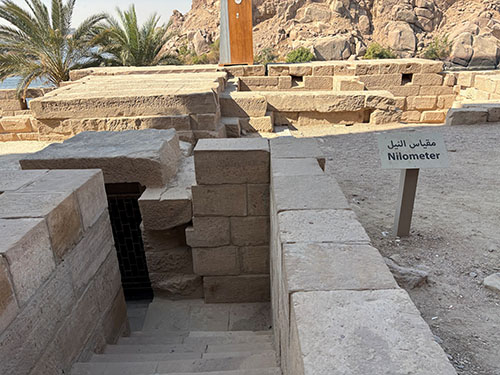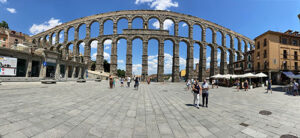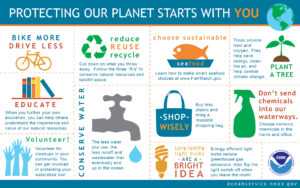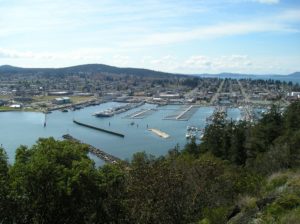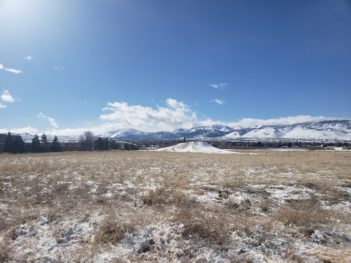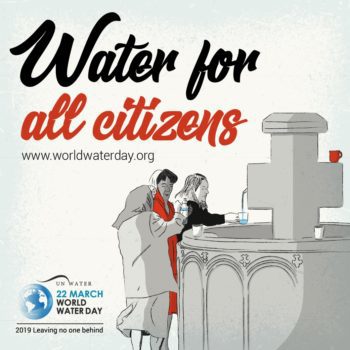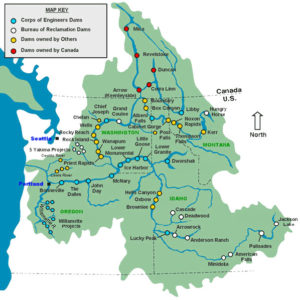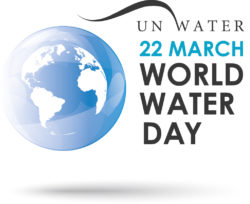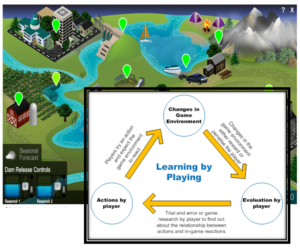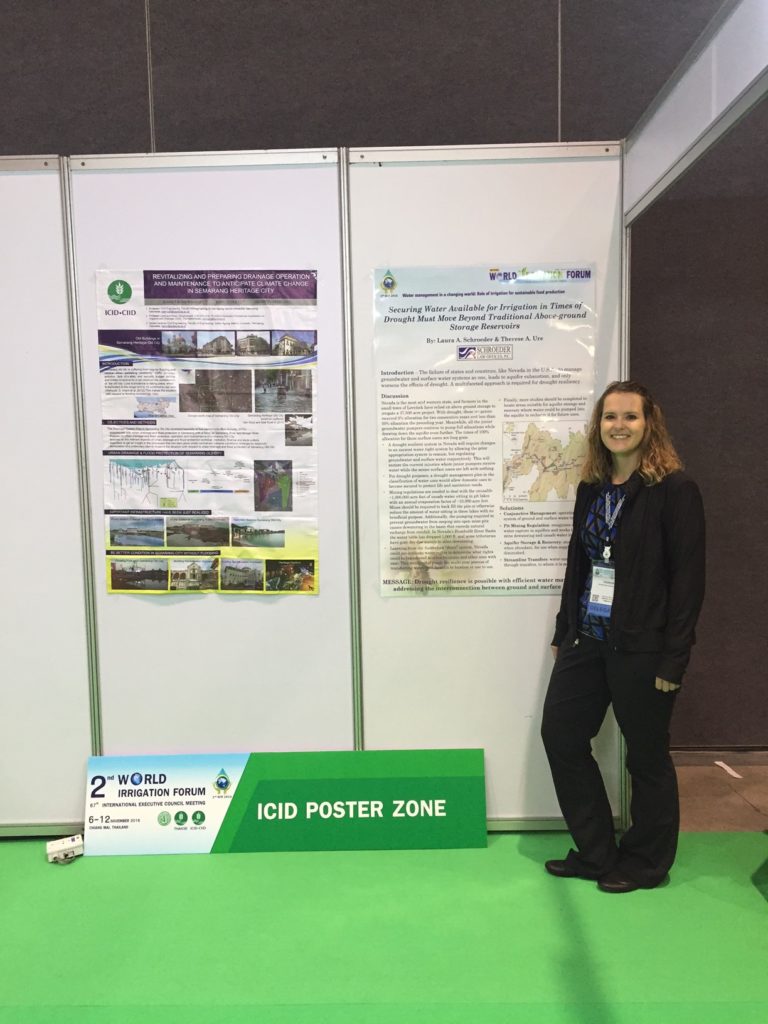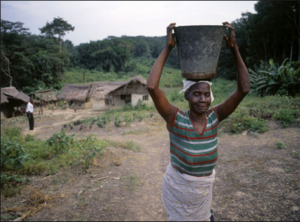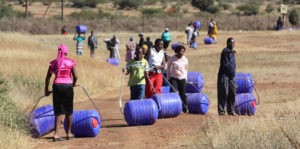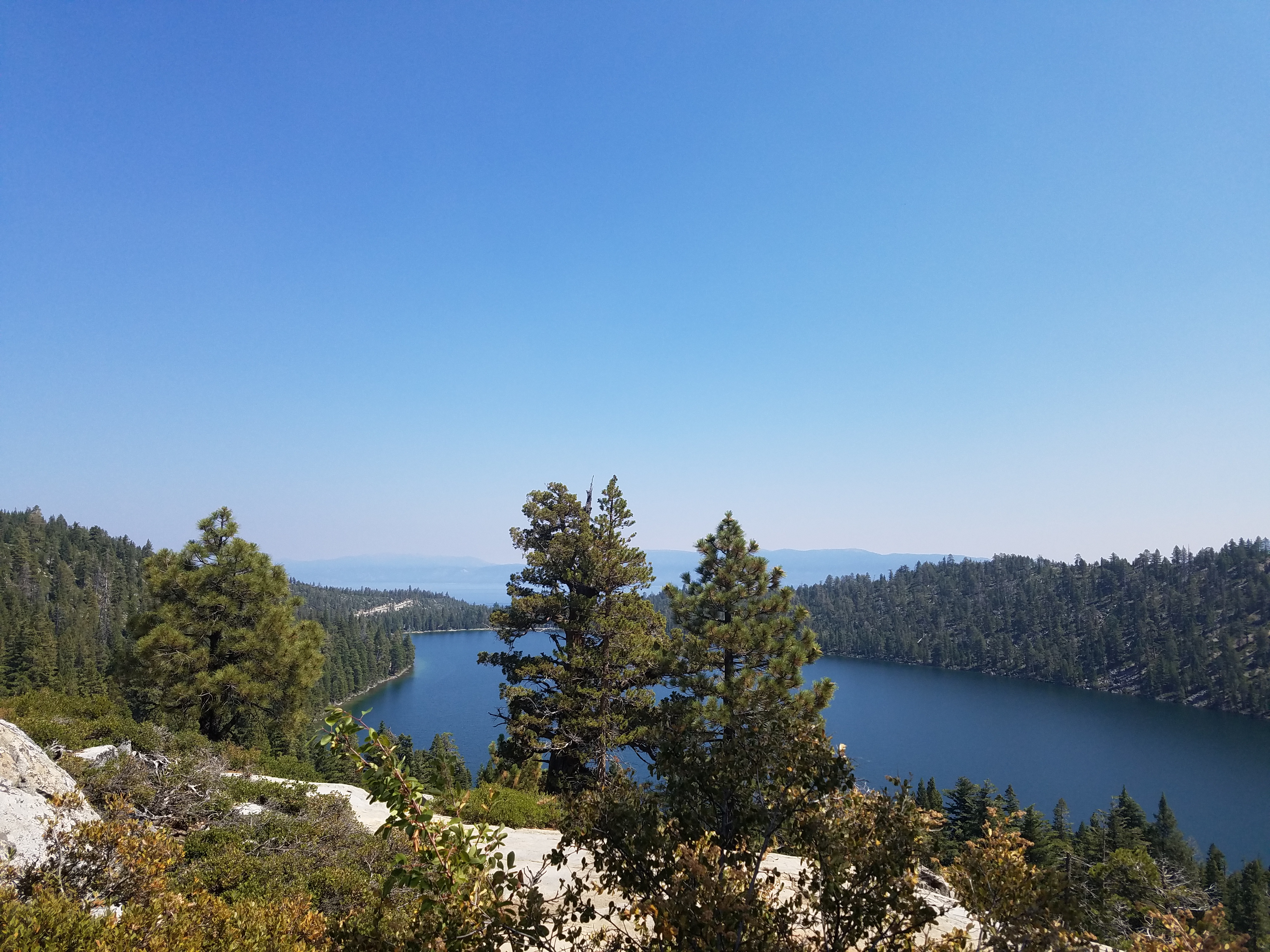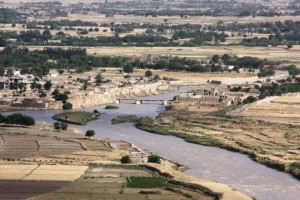USCID Call for Papers


USCID Call for Papers – Consider Participating!
The United States Committee on Irrigation and Drainage (USCID www.uscid.org) is excited to announce the call for papers for its Annual Conference, scheduled to take place from October 21-24, 2025, in Reno, Nevada. This year’s conference will focus on the critical issues surrounding water supply and demand, emphasizing sustainable basin water management in the face of increasing scarcity and competing uses.
Conference Overview
The USCID Conference in Reno aims to address the challenges of water planning and management, particularly in the context of agricultural, urban, and environmental demands. With changing weather patterns, regulatory constraints, and the evolving science of hydrology and hydrogeology, the conference will explore innovative solutions to ensure reliable water supplies and effective resource management.
Call for Papers
USCID invites abstracts for papers and presentations that align with the conference’s themes. Authors can submit abstracts for either a 20-minute oral presentation with a paper or a 15-minute oral presentation without a paper. Accepted papers will be included in the Conference Proceedings, providing a valuable resource for attendees and the broader water management community.
Key Topics
The conference will cover a wide range of topics, including but not limited to:
- Basin Water Management and Governance
- Basin supply and demand management
- Regional management governance structures
- Implementing sustainable groundwater basin rules
- Competing Uses of Water
- Shared facilities
- Surface water/groundwater exchanges
- Recycling and wastewater reuse
- Water Planning
- Integrating regional water resources
- Reservoir management and operation modeling
- Stakeholder involvement
- Water Supply and Demand Management
- Urban and agricultural irrigation conservation
- Deficit irrigation and drought management
- Salinity and water quality management
- Water Transfers
- Water rights concerns
- Improvements in agricultural and urban water transfers
- Environmental permitting and policy
- Technologies
- Evapotranspiration and consumptive use
- Flow measurement and SCADA systems
- Precision irrigation and smart device applications
Submission Guidelines
Authors are encouraged to submit a 250-300 word abstract, including the paper or presentation title, author names and affiliations, and contact information. Abstracts should be submitted as a .doc or .docx file to megan@agamsi.com by May 1, 2025.
Important Dates
- Abstracts Due: May 1, 2025
- Notification to Authors: May 15, 2025
- Draft Papers Due: July 15, 2025
- Comments to Authors: August 15, 2025
- Final Papers Due: September 15, 2025
- Conference Dates: October 21-24, 2025
Join us in Reno for an engaging and informative conference that promises to advance the field of irrigation and drainage. We look forward to your contributions and participation in this important event. For more information, visit USCID’s call for papers website.

